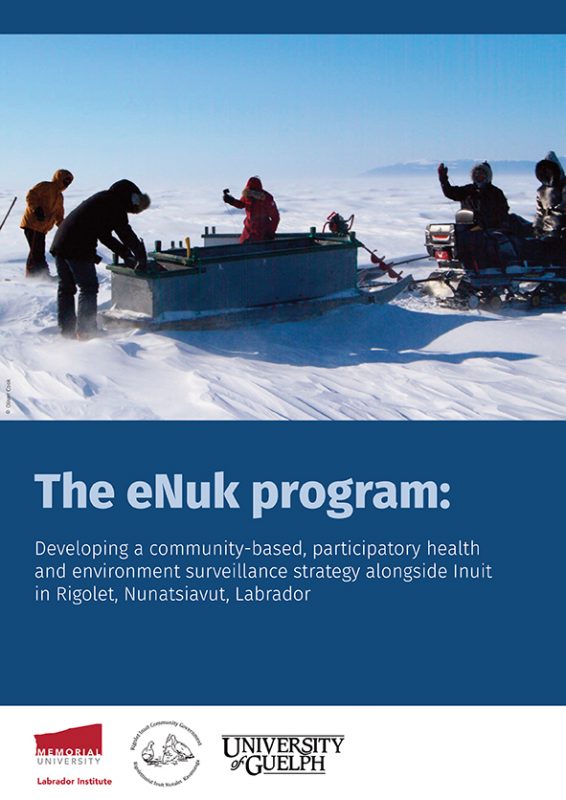The Canadian North is experiencing intense and rapid socio-cultural stresses resulting from various shifts in the environment, including climate change and resource extraction and development. These current stresses take place within the context of underlying socio-economic and health disparities, stemming from a long and enduring history of colonisation, forced relocation, land dispossession, political disenfranchisement, and systemic marginalisation.
When combined, these changes present major challenges to health and wellbeing and are currently disrupting the livelihoods and cultural practices of many Northern Indigenous peoples, including Inuit in the Nunatsiavut region of Labrador, Canada, and can lead to a range of climate- change-related health impacts. Addressing these climate-change-sensitive health impacts is a pressing priority across the Circumpolar North, and finding ways to mitigate, respond, and adapt to these impacts through locally appropriate and culturally-relevant strategies, which are community-led and community-based, is essential.
One strategy for responding and adapting to the health impacts of climatic and environmental change is the creation of public health monitoring systems. However, existing monitoring systems are often not adequately equipped for or intended to detect and respond to multiple sources of environmental change and variability, nor structured to understand the range and cumulative nature of environment-sensitive health impacts that are experienced. Furthermore, these systems do not adequately reflect Indigenous or Northern cultures, ways of knowing, values, or priorities, nor are they driven or designed by Indigenous peoples, leading to large gaps in coverage, data quality, and relevance, particularly within a Northern context.
Given the rapidity of the climatic and environmental changes, and the ways in which these changes affect all aspects of Inuit lives and livelihoods, there is a clear need for integrated, community-led, and community- designed environment and health monitoring strategies that include Indigenous knowledge sources, and give equal attention to physical, mental, emotional, and spiritual health and wellness, as defined by Inuit themselves.


